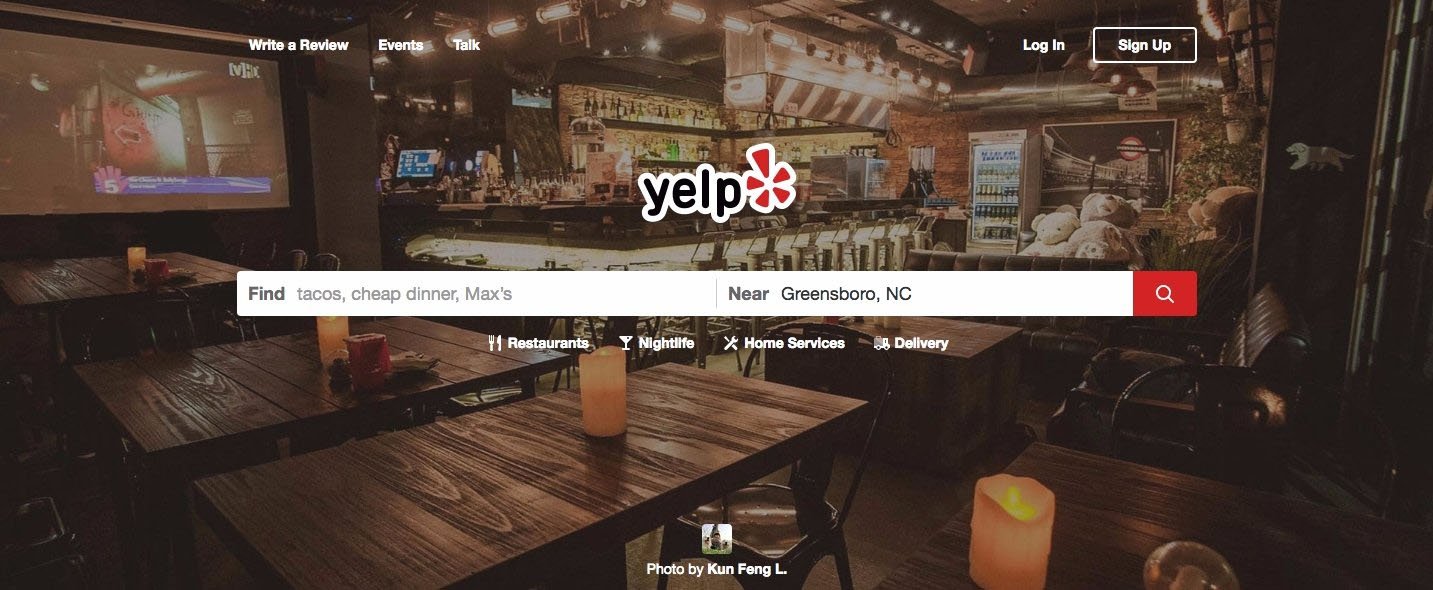User intent, often referred to as search intent, is a critical component of modern SEO. It represents the purpose behind a user's search query—what they are looking to achieve when they type a keyword into a search engine. Whether they want to find information, make a purchase, or navigate to a specific website, understanding user intent helps you align your content with the needs of your audience. This not only improves your rankings but also enhances user satisfaction, ultimately driving more conversions.
What Are The Different Types of User Intent
Understanding the different types of user intent is essential for optimizing your content. Generally, user intent can be categorized into three main types:
- Informational Intent: Users are seeking information or answers to their questions. They might be looking for a how-to guide, a definition, or general knowledge on a topic. Keywords associated with informational intent often include words like "how," "what," "best," and "guide."
- Navigational Intent: Users are looking to navigate to a specific website or webpage. They may type in the name of a brand, a product, or a specific page they want to visit. For example, a search for "Facebook login" clearly indicates navigational intent.
- Transactional Intent: Users are ready to make a purchase or complete a specific action, such as signing up for a newsletter or downloading a resource. Keywords with transactional intent often include terms like "buy," "discount," "coupon," or "order."
Why User Intent Matters for SEO
Aligning your content with user intent is crucial for several reasons. First, it ensures that your content meets the needs of your audience, leading to higher engagement and satisfaction. When users find exactly what they're looking for on your site, they're more likely to stay longer, explore further, and ultimately convert—whether that means making a purchase, signing up for a newsletter, or contacting you for more information.
Second, search engines like Google are increasingly prioritizing content that matches user intent. With the advent of sophisticated algorithms like BERT and MUM, search engines can better understand the context and nuances of a user's query. This means that even if a keyword isn't an exact match, content that best aligns with user intent is more likely to rank higher in search results. Additionally, Google is currently rolling out its latest algorithm update, further emphasizing the importance of content that aligns with user intent. We’ve detailed these changes in our post on Google's latest algorithm update.
Finally, optimizing for user intent can help reduce your bounce rate and improve overall site performance. When your content aligns with what users want, they’re less likely to leave your site immediately, signaling to search engines that your page is valuable and relevant.
How to Identify User Intent for Keywords
Identifying user intent involves analyzing search queries, examining SERPs, and using keyword modifiers strategically. Tools like Google Search Console provide insights into the types of queries that lead users to your site, revealing their underlying intent. For instance, informational intent is often indicated by queries involving "how" or "guide," while transactional intent might include words like "buy" or "cheap."
Examining the search engine results pages (SERPs) for your target keywords offers additional clues. If the top results are blog posts, the intent is likely informational. Conversely, product pages signal transactional intent. Competitor analysis can also help you gauge how others are addressing these intents, giving you a clearer direction for your content strategy.
Optimizing Content for User Intent
Once you've identified the user intent behind your target keywords, the next step is to optimize your content to meet that intent. This involves crafting content that not only matches the user's needs but also enhances their experience on your site. By doing so, you can increase engagement, improve your search engine rankings, and drive more conversions. Here are some key strategies to consider:
- Match Content to Intent: Ensure your content directly addresses the user’s intent. For informational queries, provide comprehensive guides or articles. For transactional queries, focus on clear, persuasive product pages or service descriptions.
- Structure for Easy Navigation: Organize your content with user-friendly elements like clear headings, bullet points, and concise paragraphs. This helps users quickly locate the information they’re seeking, which is essential for meeting their intent.
- Tailor CTAs: Your calls to action should align with the user's intent. For informational content, suggest related articles or next steps. For transactional content, prompt actions like “Buy Now” or “Request a Quote.”
- Optimize for Snippets: To increase the likelihood of your content being featured in search engine snippets, structure it to answer common user questions clearly and concisely. Utilize schema markup to enhance visibility in rich results.
By implementing these strategies, you ensure that your content not only attracts visitors but also satisfies their specific needs. This alignment between content and user intent leads to higher engagement, better rankings, and ultimately, more conversions for your business.
Understanding Performance and Metrics
Measuring the Success of User Intent Optimization
After optimizing your content for user intent, it’s important to measure the effectiveness of your efforts. This allows you to see what’s working, identify areas for improvement, and refine your strategy for better results. Here are some key metrics to track:
- Bounce Rate: A high bounce rate may indicate that your content isn’t meeting user expectations. If visitors are leaving your site quickly, it could mean that your content doesn’t align well with their intent. Monitoring and reducing bounce rates can signal better alignment between your content and user needs.
- Time on Page: The amount of time users spend on a page can be a strong indicator of how well your content matches their intent. Longer time on page suggests that users are engaging with your content and finding it valuable. If this metric is low, consider revising your content to better meet user expectations.
- Conversion Rate: For transactional queries, the conversion rate is a critical metric. Whether it’s making a purchase, signing up for a newsletter, or filling out a contact form, tracking conversions can help you gauge how effectively your content drives desired actions. A higher conversion rate indicates successful intent alignment.
- SERP Positioning: Keeping an eye on your rankings for targeted keywords can help you assess how well your content is performing in search engines. Improved rankings often correlate with better intent optimization, as search engines prioritize content that aligns with user intent.
Regularly analyzing these metrics through tools like Google Analytics will help you understand how well your content is resonating with users and where you can make adjustments. Continuous optimization based on these insights will lead to sustained success in meeting user intent.
PRO TIP!
Unlock the full potential of your website with our SEO GO SERVICE! Our SEO services are tailored to ensure your website content aligns perfectly with user intent. By understanding what your audience is truly searching for, we create content that not only ranks higher but also engages and converts. Benefit from our expert-driven approach that enhances your search rankings, increases online visibility, and ensures your content meets the needs of your target audience. Stay ahead of the competition and connect with your audience more effectively with our comprehensive user intent optimization services.






Leave a comment
0 Comments